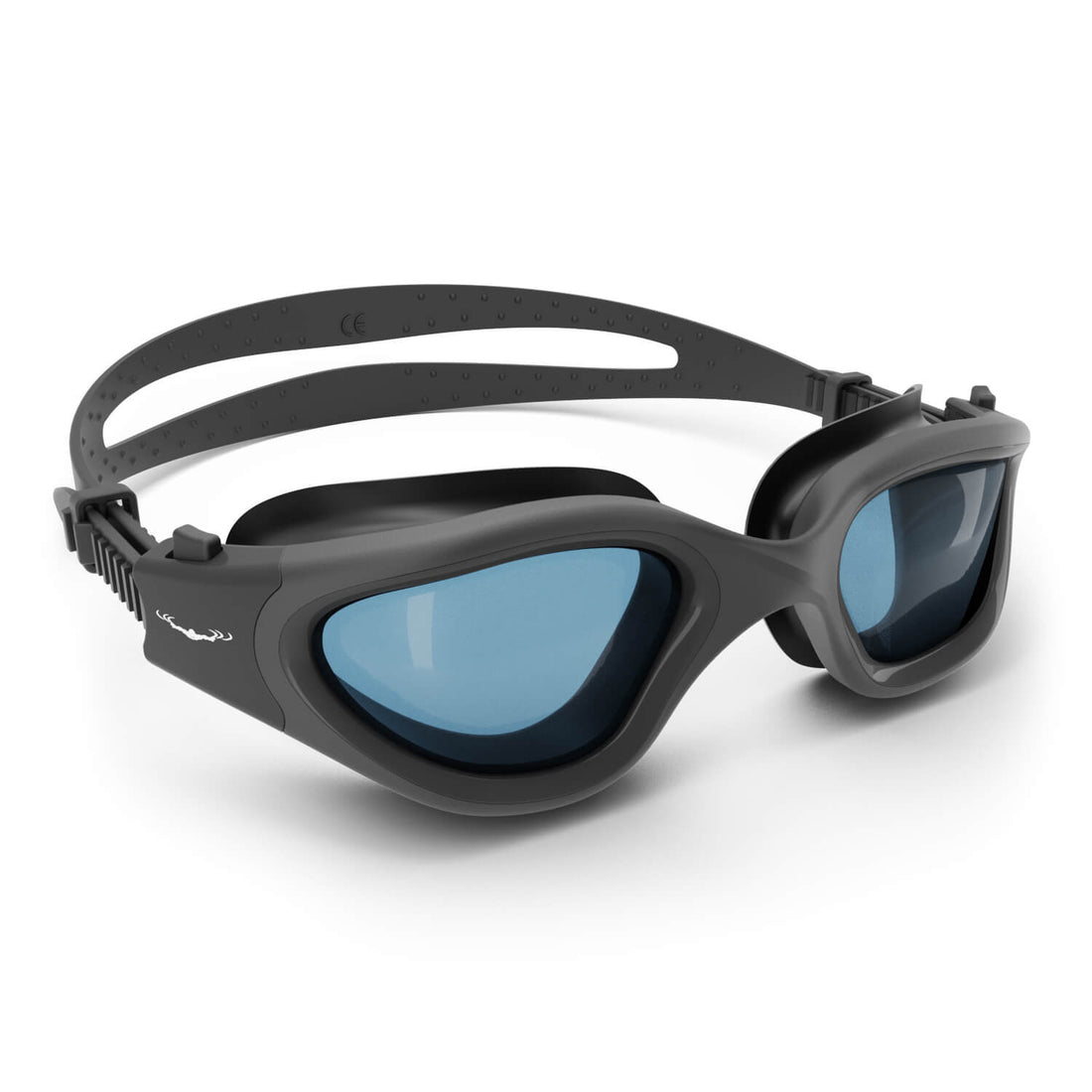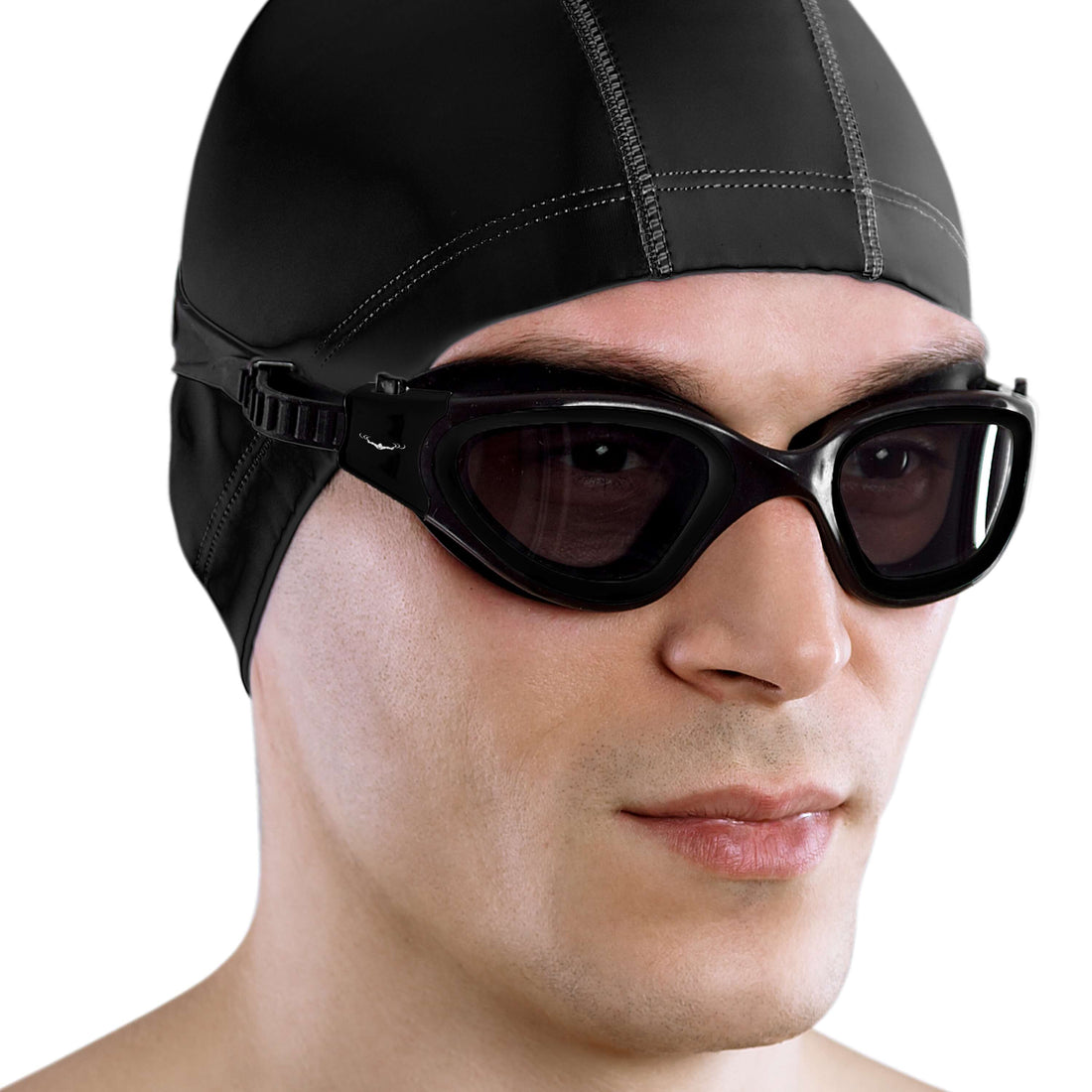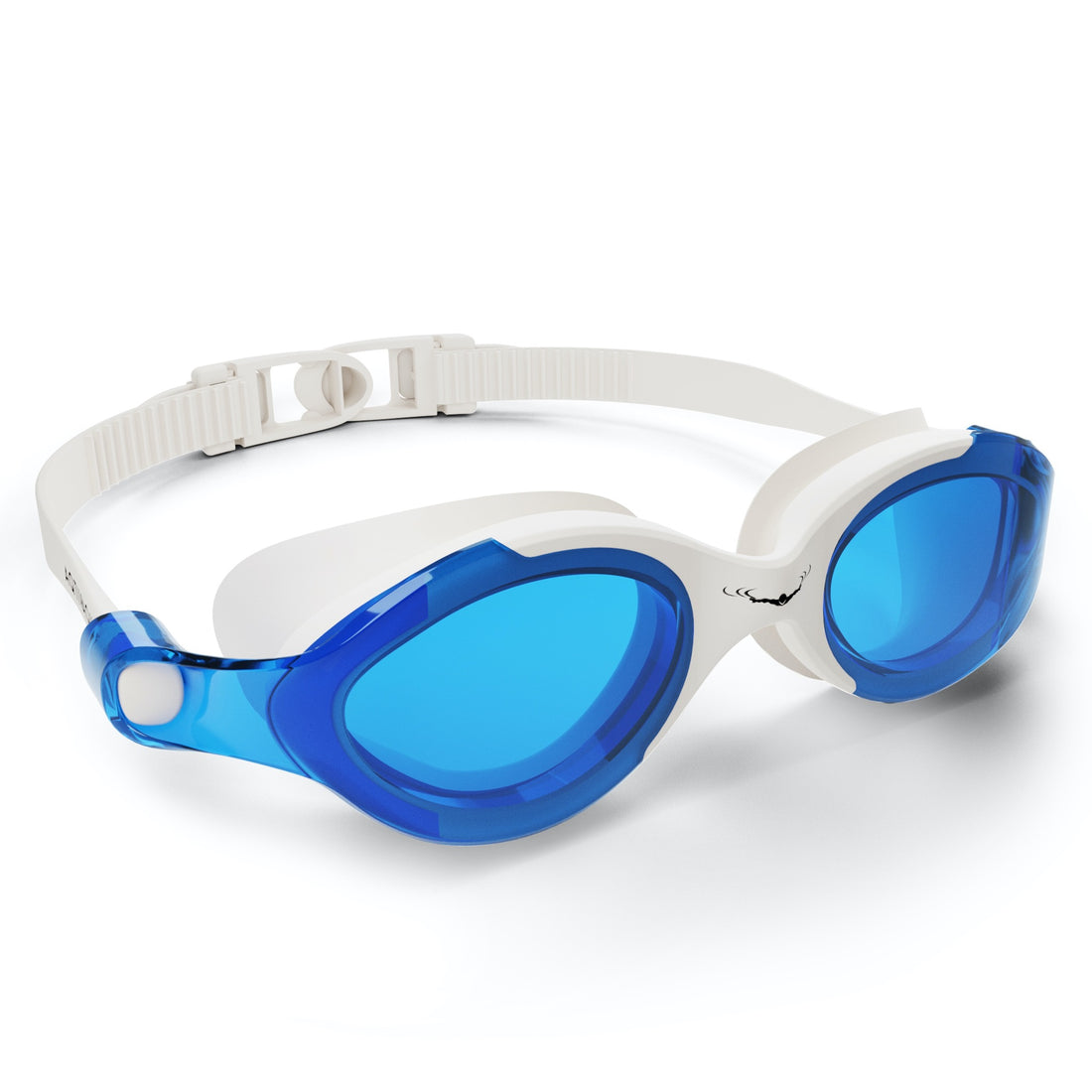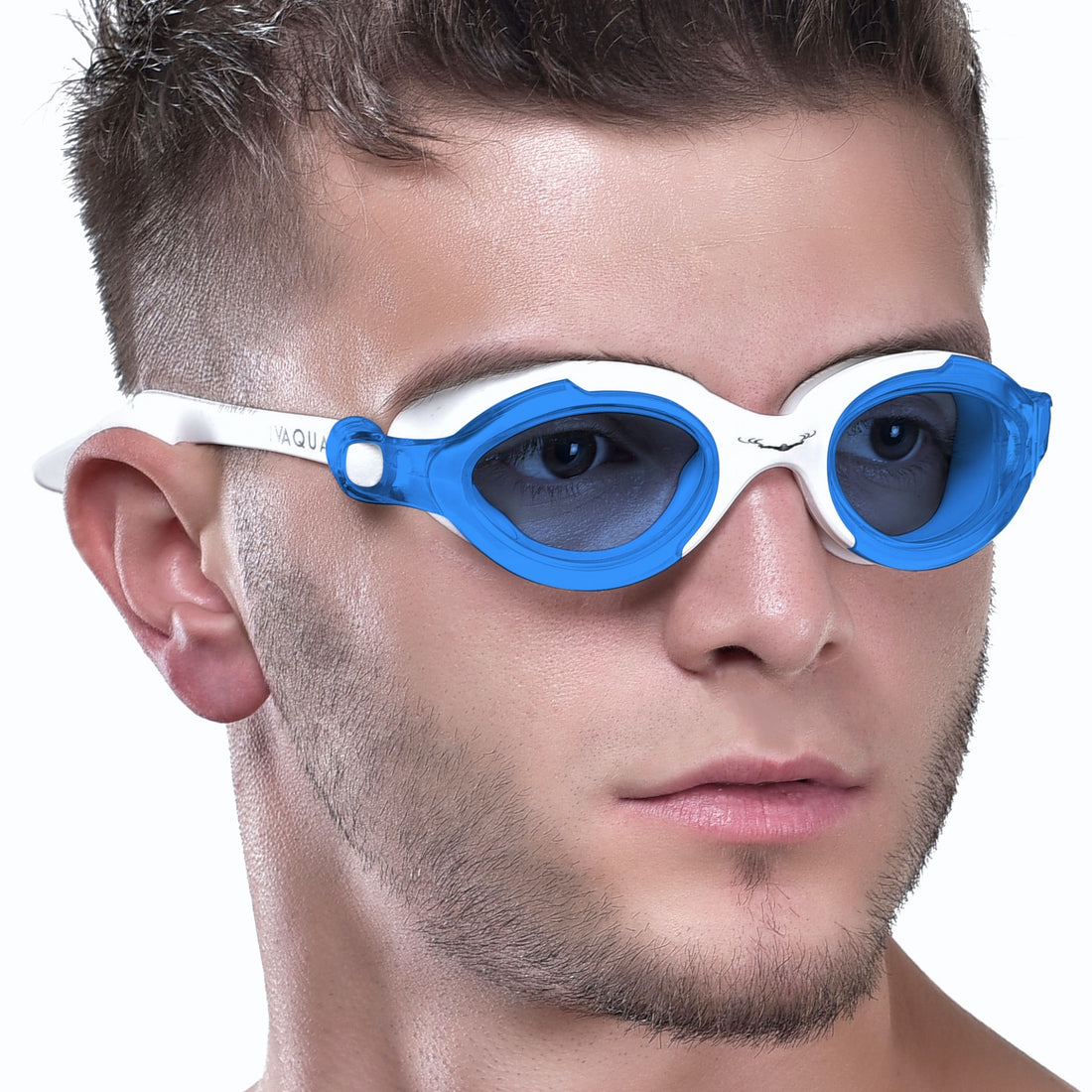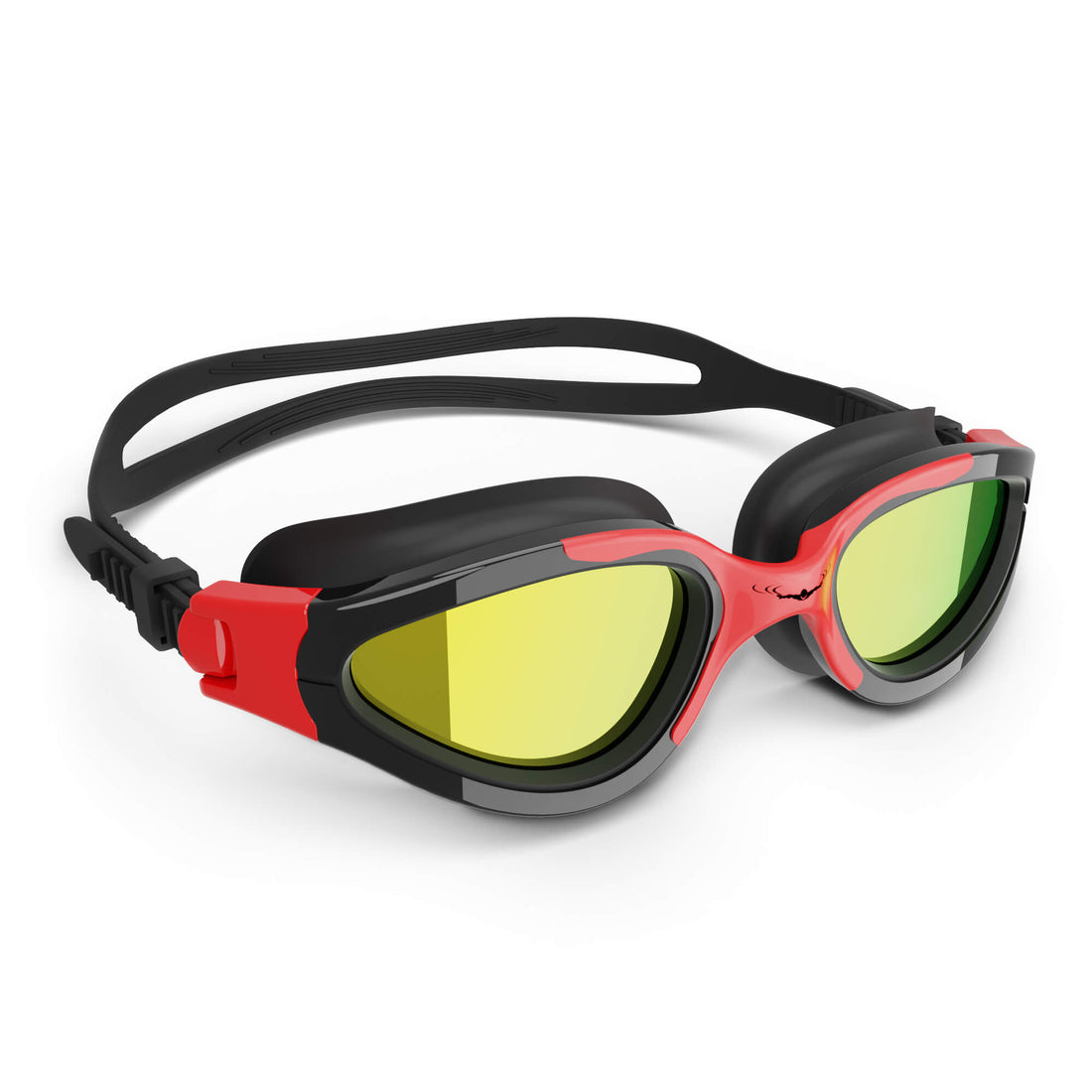Swimming has always been a sport that emphasizes technique, endurance, and skill. However, as technology evolves, so does the way athletes train and improve their performance in the water. From innovative gear like lightweight swim caps to high-tech training apps, technology is transforming swimming training for aspiring champions and weekend warriors alike. In this article, we’ll explore the various ways technology is shaping the way swimmers train, providing tools and methods that enhance performance, safety, and enjoyment. Dive in, and let’s explore the depths of aquatic innovation!
Understanding the Technological Revolution in Swimming
Modern technology has become an integral aspect of swimming training, influencing everything from technique analysis to equipment design. Here are some key ways that technology is enhancing the swimming experience:
1. Enhanced Training Equipment
The gear swimmers choose can significantly influence their performance. Innovations in training equipment have led to the creation of items that improve comfort and streamline movement in the water.
- Lightweight Swim Caps: These caps are designed not only for comfort but also to reduce drag, allowing swimmers to move more efficiently through the water.
- Swim Goggles: The advancements in goggle technology, including anti-fogging capabilities and UV protection, ensure that swimmers have clear visibility throughout their training sessions.
- Swim Ear Bands: These accessories help swimmers maintain ear safety and comfort, especially during training in colder waters.
2. Wearable Technology
Wearable devices have become popular in all sports, and swimming is no exception. Swim watches and fitness trackers offer a wealth of data that athletes can use to fine-tune their training routines.
With updated features, these devices can track:
- Stroke count
- Lap times
- Distance swum
- Heart rate
This data is critical for understanding performance metrics and optimizing the overall training plan. The ability to monitor progress helps swimmers identify their strengths and weaknesses more efficiently.
Video Analysis: A Game Changer in Technique Improvement
One of the most significant technological advancements in swimming training is the use of video analysis. Coaches can now record swimmers during practice sessions, allowing for detailed breakdowns of their techniques. This approach helps athletes see what they are doing right and what needs improvement.
Real-Time Feedback
With the integration of high-definition cameras and advanced software, swimmers can receive real-time feedback. Coaches can analyze footage for:
- Stroke mechanics
- Body position
- Breathing patterns
This feedback loop offers athletes a unique opportunity to make immediate adjustments, leading to long-lasting improvements in technique.
Data-Driven Decision Making
Video analysis doesn't just help with immediate feedback; it also allows for long-term monitoring of performance trends. By continuously analyzing body movements and techniques, swimmers and coaches can identify long-term patterns and make data-driven decisions about training.
The Role of Software and Apps in Training
In the age of smartphones, apps dedicated to swimming training have become widely accessible, allowing swimmers to take control of their development. Several applications focus on specific aspects of swimming:
1. Training Scheduling and Planning
Many apps assist athletes in planning their training schedules. Swimmers can set goals, log their workouts, and track their progression over time. This organization helps maintain motivation and accountability.
2. Video Analysis Tools
Some apps incorporate video analysis features that allow athletes to upload their training videos. These apps can offer detailed analytics similar to those seen in professional coaching settings, making top-tier technology available to the everyday swimmer.
Smart Pools: The Wave of the Future
As technology continues to develop, smart pools are becoming a reality. These pools are equipped with sensors and monitors that provide swimmers with instantaneous feedback regarding their performance metrics. Features might include:
- Water temperature and quality monitoring
- Real-time stroke analysis
- Automated lap counting
Smart pools not only benefit athletes but also enhance overall safety. Having precise readings and automated systems can help ensure a safe swimming environment.
Injury Prevention and Rehabilitation
Injuries are a common concern for swimmers due to repetitive movements and physical stress. However, technology has paved the way for innovative solutions in injury prevention and rehabilitation. Tools and devices that collect data and monitor physiology can help track how an athlete’s body responds to their training loads.
1. Biomechanical Assessment
Utilizing motion capture technology, coaches can perform biomechanical assessments that analyze the swimmer's movements. This data can indicate risk factors for potential injuries and provide insights into performance improvement.
2. Rehabilitation Tech
For swimmers recovering from injuries, specialized rehabilitation technology can aid recovery. Wearable devices that monitor body movements can help track progress and ensure that athletes correctly follow rehabilitation plans.
Community and Connectivity through Technology
The digital age has not only advanced training methods but also fostered a sense of community among swimmers globally. With platforms that facilitate sharing of experiences and outcomes, technology promotes connectivity in the swimming community.
1. Online Coaching Platforms
Online coaching has gained traction over recent years, especially following the pandemic. Coaches can offer guidance through video calls, share personalized feedback, and create a loyal swimming community regardless of geographical boundaries.
2. Social Media and Engagement
Social media platforms provide swimmers with the opportunity to connect with others, share their journey, and celebrate achievements. Engaging with fellow athletes fosters motivation and provides instant support, essential characteristics for consistent training and improvement.
The Future Awaits: What Lies Ahead for Swimming Technology
As technology continues to rapidly progress, one can only imagine what the future holds for swimming training. Innovations in virtual reality, machine learning, and advanced materials are expected to push the boundaries of how both amateur and professional swimmers train.
1. VR Training Experiences
Virtual reality might revolutionize swimming training by offering swimmers immersive environments to practice their skills without being in a pool. Such experiences can help improve visualization techniques and boost confidence before a big competition.
2. Advanced Fabric Technology
In terms of apparel, advancements in materials could lead to swimming caps and suits that inherently enhance drag-reduction properties, ensuring that athletes have the best gear on the market. This could be particularly important for racing suits and specialized swimming caps.
Making Waves: Embrace the Future of Swimming Training
Integrating technology in swimming training isn't just about improving performance; it's about enhancing the overall experience for swimmers at every level. As innovators continue to develop cutting-edge tools and gear, athletes will have the resources they need to achieve their dreams in the aquatic realm.
With innovations like swim goggles that push boundaries, lightweight swim caps that elevate comfort, and the rise of smart pools, swimmers can expect to be empowered, guided, and inspired to reach new heights. As we embrace the future of swimming, it’s vital to stay informed and engaged. Training intelligently today will fuel the champions of tomorrow, allowing everyone to make waves in the world of swimming!



